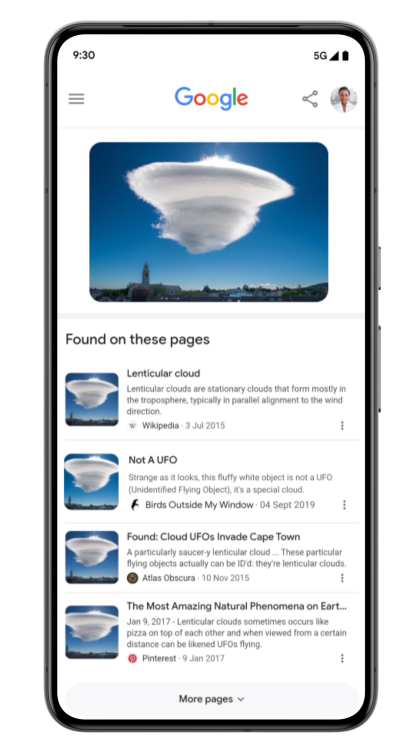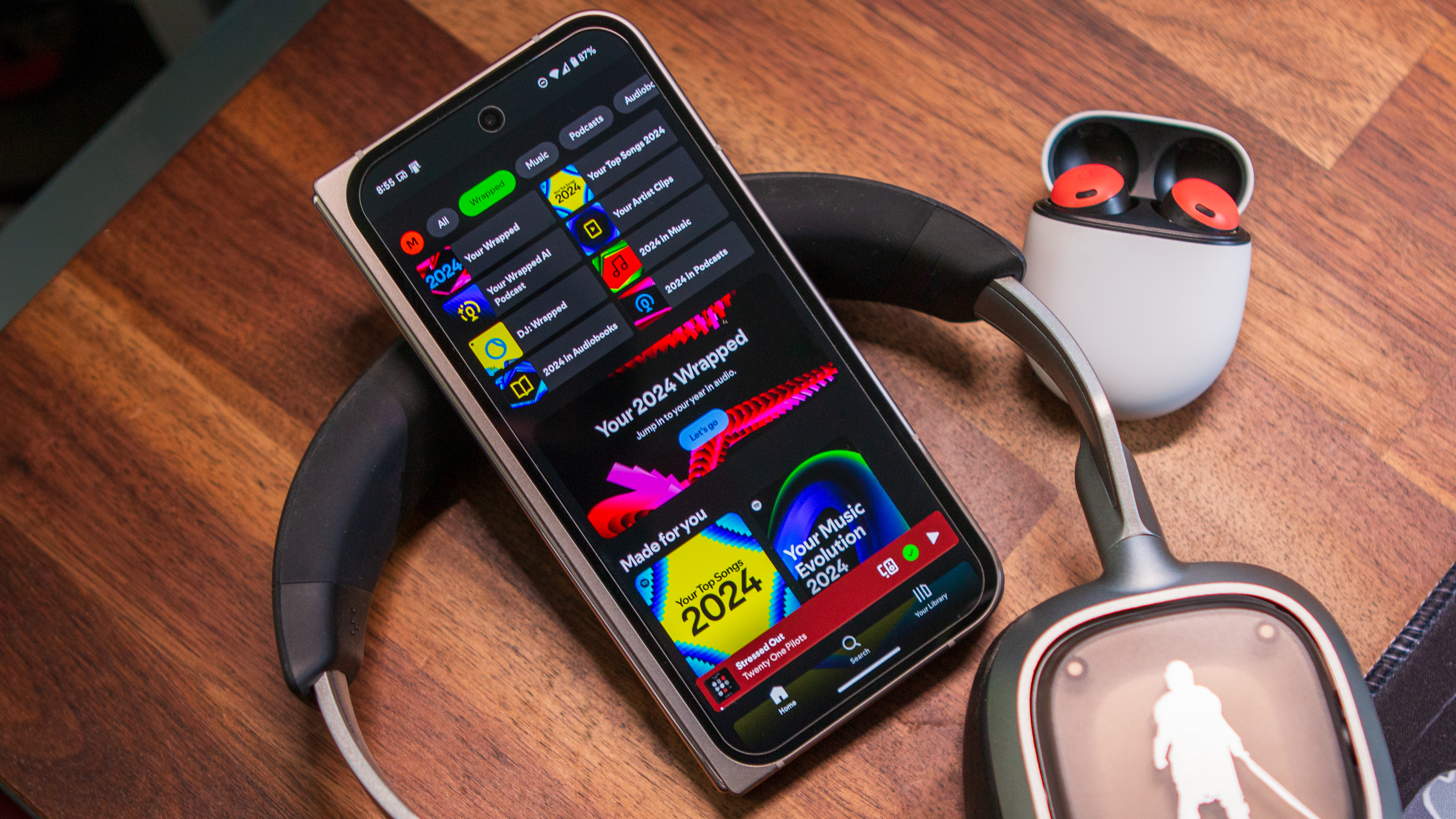Google Lens and Circle to Search are getting an 'About this image' feature
Want to know the story behind that photo? Lens and Circle to Search can dish the details.

What you need to know
- Google has improved deepfake handling and expanded the "About this image" feature to Circle to Search and Google Lens.
- Users can see when an image was first indexed, its origin, and its spread across various platforms.
- Google has also improved its algorithm to reduce deepfake visibility and made it easier for users to remove deepfakes.
Google just dropped a few handy image search updates today, including improvements to how Google Search deals with deepfakes and the rollout of the "About this image" feature to Circle to Search and Google Lens.
Now, users can use the "About this image" tool, previously only on Google Search, with Circle to Search on Android or Google Lens on both Android and iOS. Launched about a year ago, this feature gives users more context about images.
With "About this image," users can find out when an image or similar content was first indexed by Google, learn about its possible origin, and see how it has spread across news outlets, social media, and other websites, Google said in a blog post.
Users can access the "About this image" tool within Circle to Search on select Android devices, including Samsung and Pixel phones, foldables, and tablets. It offers detailed image context from news, fact-checking sources, metadata, and digital watermarks.
The image search tool is available in forty languages, including French, German, Hindi, and more.

Additionally, Google has introduced a two-pronged approach to tackle deepfakes. First, the company has improved its ranking algorithm to reduce the visibility of deepfakes in search results. Second, Google has made it easier for users to remove deepfakes from its platform.
Google claims that the updated ranking system will significantly reduce the visibility of fake content in search results. When users search for individuals using terms that could be manipulated by deepfakes, Google Search will focus on displaying high-quality, accurate content such as relevant news articles.
Get the latest news from Android Central, your trusted companion in the world of Android
The tech giant also says it's gotten better at telling the difference between real, consensual explicit content, like actor nude scenes, and fake stuff like deepfakes. Google admits it's a tough job but is constantly working on making sure real content shows up more and fake content gets pushed down.
Google has made it easier to remove deepfakes from search results. When someone successfully requests the removal of explicit, non-consensual fake content featuring them, Google's systems will try to filter out all explicit results for similar searches about that person.
Moreover, if someone gets an image removed from Google Search, Google will also search for and delete any duplicates of that image in its index.

Jay Bonggolto always keeps a nose for news. He has been writing about consumer tech and apps for as long as he can remember, and he has used a variety of Android phones since falling in love with Jelly Bean. Send him a direct message via X or LinkedIn.
You must confirm your public display name before commenting
Please logout and then login again, you will then be prompted to enter your display name.
